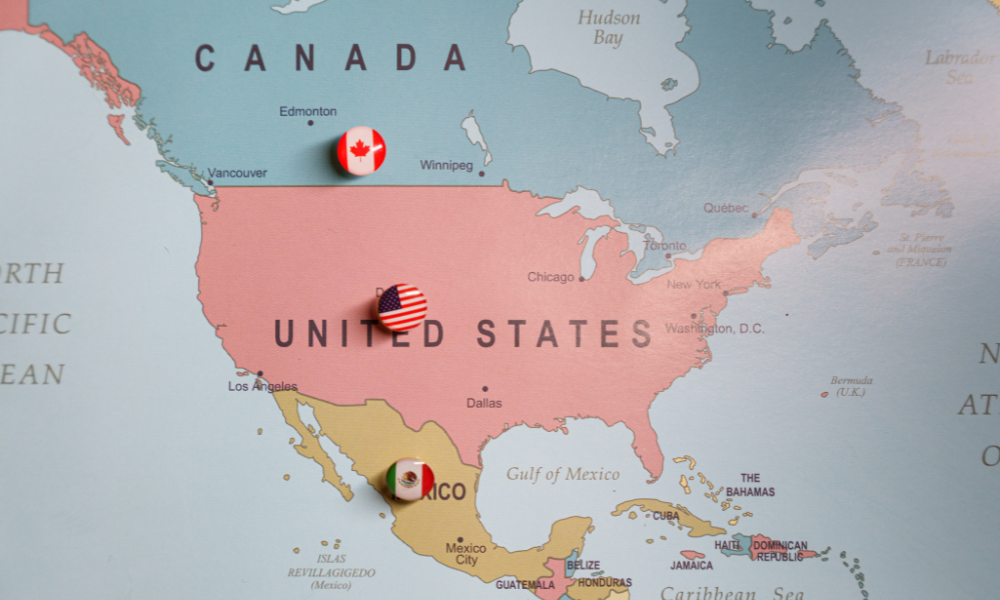Statistics Canada sees May GDP drop but early signs point to slight rebound and flat second quarter overall

Canada’s economy shrank for a second straight month in May, with real gross domestic product (GDP) falling 0.1 percent, according to Statistics Canada.
The decline matched April’s drop, signalling a continued loss of momentum in the goods-producing sectors, even as services held steady.
Despite this back-to-back contraction, early estimates from Statistics Canada suggest a potential rebound in June, with real GDP expected to increase by 0.1 percent.
The agency noted that growth in retail and wholesale trade was likely to offset a decline in manufacturing, which could result in a flat second quarter overall.
BMO’s chief economist Douglas Porter said the Canadian economy “seems to have soldiered through the period of maximum trade uncertainty with less damage than initially expected.”
However, he warned there is “still softness in the economy overall,” as reported by BNN Bloomberg.
Porter said the gap between Statistics Canada’s industry-based monthly GDP and the Bank of Canada’s expenditure-based estimates remains significant during volatile trade periods.
He noted that “the output and spending estimates don’t always line up, especially when there is a big change in exports and imports,” and said this was “certainly the case in each of the past two quarters.”
The Bank of Canada projected a 1.5 percent annualised contraction for Q2 due to a 25 percent drop in exports tied to US tariffs, according to its latest monetary policy report.
CIBC senior economist Andrew Grantham said advisors should wait for the official Q2 figures before drawing conclusions about performance.
“We will need to wait and see next month’s quarterly GDP release to know whether the economy is really outperforming the Bank’s expectations,” Grantham said, as reported BNN Bloomberg.
Amid the economic uncertainty, the Bank of Canada held its policy rate steady at 2.75 percent for the third consecutive time, citing “signs of resilience.”
In May, the goods-producing sectors were the main drag on GDP, led by a 1.0 percent decline in the mining, quarrying and oil and gas extraction sector.
However, manufacturing expanded 0.7 percent after a 1.8 percent contraction in April.
Statistics Canada noted that manufacturing activity was still 1.1 percent below March levels, the month when US tariffs took effect.
The services-producing industries, which make up about 75 percent of total GDP, were essentially flat.
Real estate and rental and leasing rose 0.3 percent, reflecting higher home resale activity, especially in Toronto. Transportation and warehousing rebounded 0.6 percent after April’s decline.
Public administration contracted 0.8 percent, reversing gains from the prior month driven by the federal election.
Retail trade fell 1.2 percent, its biggest monthly decline among services, with seven of 12 subsectors reporting lower activity.
The largest drop came from motor vehicle and parts dealers, which fell 4.8 percent. Food and beverage stores and gasoline stations also posted declines.
Statistics Canada’s Value-Added in Exports database shows Canada’s manufacturing sector remains heavily reliant on US demand, with 42 percent of its output and 41 percent of jobs tied to American markets as of 2023.
Chemical manufacturing in particular had 52 percent of its output linked to total US demand, including both direct and indirect exports.


